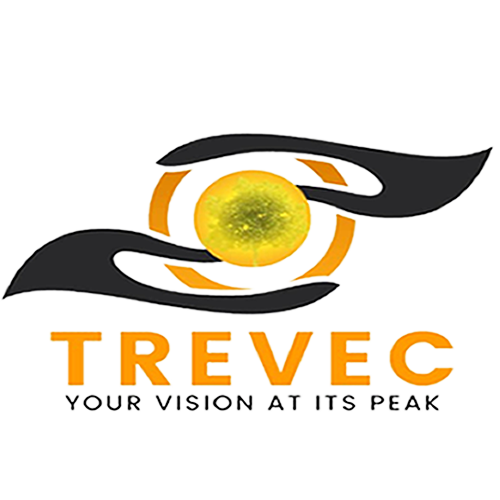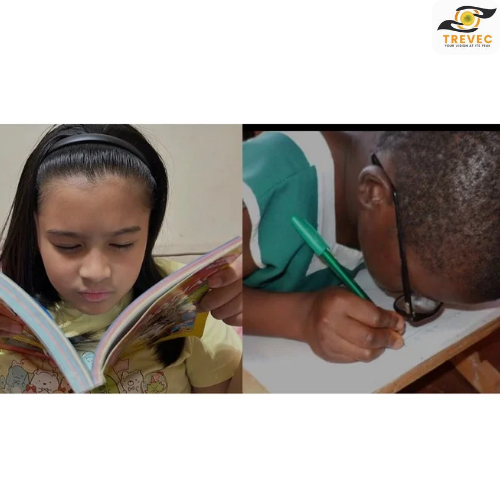In discussing refractive errors, we intend that you understand the causes and types of refractive errors better at the end of this post.
CAUSES OF REFRACTIVE ERRORS
The factors that cause light rays to meet before or after the retina include:
- THE SIZES OF THE EYEBALL: The eyeball length being too long can cause the rays to meet before the retina (myopia). However, when the eyeball is short, there will not be enough room for the light to bend; hence, it extends and meets behind the retina rather than directly to the retina (hyperopia).
- THE SHAPE OF CORNEA: the shape of the cornea is like that of a soccer ball with an all-equal curvature both horizontally and vertically. The vertical curvature focuses on the vertical rays, giving information on the height of the objects on the retina. In contrast, the horizontal curvature focuses on the horizontal rays, which provide information on how wide the object is on the retina. Now, imagine when one side is more or less curved than another; it distorts images.
- ADVANCEMENT IN AGE: as one is in their fourth decade, the lens inside the eyes gradually thickens and loses flexibility.
- GENETICS: refractive errors are congenital, from parents to children.
- DIABETES: diabetes causes pseudo myopia, pseudo because when the blood sugar levels in the body normalize, the error disappears.
- Refractive surgeries can cause astigmatism.
- Frequent eye rubbing can distort the shape of the cornea, which causes astigmatism.
- Research has proven that frequent near work can cause myopia.
TYPES OF REFRACTIVE ERRORS
MYOPIA: also known as shortsightedness, occurs when the eyeball is too long. People with myopia see objects at a close range, but distant objects look blurry.
HYPEROPIA: also known as hypermetropia or long-sightedness, it is the opposite of myopia as it occurs when the eyeballs are too short; people with hyperopia see objects at a distance, while objects at a closer range will look blurry.
ASTIGMATISM: this occurs when there is a distortion of images in one direction. It causes difficulty with both distance and close vision.
PRESBYOPIA: the difficulty of seeing at close range that commonly occurs in middle age. As one gets older, precisely from the fourth decade, we progressively lose the ability to focus on the near. However, some schools of thought don’t regard this as a refractive error but rather an aging process.
BOTTOM LINE
One person can have a combination of 2 or 3 of these refractive errors. For example, a person can be myopic or hyperopic, astigmatic and presbyopic when above 40 years, as well as myopic presbyope, hyperopic presbyope, or astigmatic presbyope.
We will draw the curtains on these posts, and in our next post, we will discuss extensively the types of refractive errors.
Prioritize your ocular health by visiting TREETOP VISION EYE CENTRE (TREVEC), the best eye clinic in Utako, Abuja, for a comprehensive eye examination.
TREVEC CARES!!!



Thank you very much for the information.
You’re welcome ma
Wow… Thank you so much for this
you’re welcome